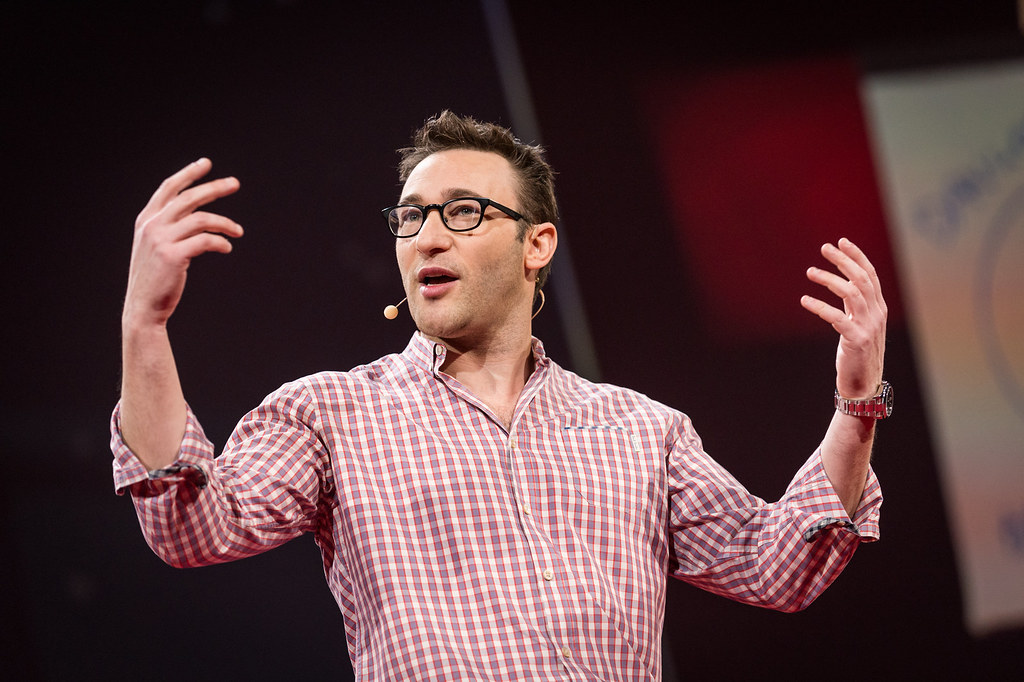A research team at the University of Graz, Austria, wanted to get to the bottom of the public’s perception of creativity. They submitted fifteen proven false assertions about creativity, interspersed with fifteen scientifically validated assertions, to determine whether respondents understood the nature of creativity from a scientific perspective. Here are 4 myths that were approved by 50% of participants in this study to be published in November, in the journal Personality and individual differences.
1. “Brainstorming in groups generates more ideas than if people were thinking alone.” (80%)
We have already talked about the problems and limitations of creative group meetings. Group thinking, among other things, tends to slow down the expression of different ideas.
Added to this, research shows that introverted people, who seek solitude, can be very creative when they are alone.
2. “One is most creative when with total freedom in one’s action” (70%)
Writers and scriptwriters are familiar with this notion: constraint is a powerful creative engine. In the working world, an article in the journal HBR observes the same thing:
When there are no constraints on the creative process, complacency sets in, and people follow what psychologists call the path-of-least-resistance – they go for the most intuitive idea that comes to mind rather than investing in the development of better ideas. Constraints, in contrast, provide focus and a creative challenge that motivates people to search for and connect information from different sources to generate novel ideas for new products, services, or business processes.”
3. “Creativity cannot be measured” (58%)
Creativity is sometimes said to be subjective. And therefore, a majority of people conclude that it cannot be measured. However, research in recent years has shown that it is quite possible to measure creativity, for example in problem-solving contexts.
Assessing creativity is undoubtedly challenging, but the field is well equipped with dependable measures of creativity at the levels of ideas, products, and people.”
4. “Creative accomplishments are usually the result of a sudden inspiration” (58%)
In recent years, research has shown that the practice and deployment of creative strategies can increase cognitive creativity. So, do not be labelled as creative or not creative. Creative is a muscle that develops.
Emphasizing the role of inspiration rather than active engagement may undermine creativity by suggesting we need to wait until creativity hits us with a ‘Eureka’-experience.”
Now that you are better informed about creative myths, the real creative work can begin!




